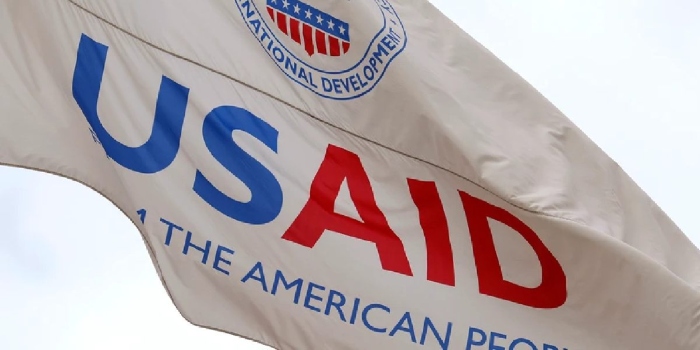Deep cuts to USAID funding in the 2026 budget request are drawing sharp warnings from agricultural and food security experts, who say the reductions not only undermine global food aid in Africa but also pose serious risks to American farmers and crop safety at home.
Speaking at a forum hosted by Senate Agriculture Committee Ranking Member Amy Klobuchar of Minnesota and Senate Foreign Relations Committee Ranking Member Jeanne Shaheen of New Hampshire, agricultural research leaders emphasized the importance of programs like Food for Peace, which buys surplus American crops for distribution in global crisis zones.
“These cuts are problematic for our standing in the world, our leadership in the world, our security, and our trade relationships. But it also socks us here at home,” Klobuchar said as reported by Iowa Capital Dispatch.
Under the Trump administration’s Department of Government Efficiency (DOGE), programs at several land-grant universities, such as Penn State, Purdue, the University of Florida, and the University of Georgia, are facing funding rollbacks.
These include USAID's Innovation Labs, which operate in “safe spaces” overseas to study crop diseases and pests before they reach U.S. soil.
“You want to make sure if you do have an AI system giving knowledge to American farmers, you better be sure it’s not a made-in-China system,” said Dr.
David Hughes is the director of the USAID Innovation Lab on Current and Emerging Threats to Crops at Penn State University.
Hughes warned that many U.S. and European scientists are shifting to China, which is filling the void in agricultural research left by American cuts.
Hughes’ lab, along with partners, also works on AI tools like PlantVillage, which help farmers adapt to climate change and increase profitability.
But without funding, he said, U.S. research leadership and agricultural preparedness will decline rapidly.
Meanwhile, the domestic impact on farmers is becoming clearer.
Through Food for Peace, the U.S. Department of Agriculture creates a reliable institutional market for surplus crops.
“To be able to count on that institutional market that comes from food assistance is a significant benefit to the U.S. farmer,” said Thoric Cederstrom of the U.S. Dry Bean Council.
He warned that USAID's stabilizing effect on commodity prices and market volatility is irreplaceable by any other organization.
Further compounding the issue are major staffing losses at the Animal and Plant Health Inspection Service (APHIS).
According to Kevin Shea, former APHIS administrator, the agency has lost 15% of its workforce in recent months.
“There couldn’t be a worse time to lower our guard,” Shea said, citing looming threats like African swine fever, foot-and-mouth disease, and citrus greening, all of which have re-emerged globally and could devastate American agriculture.
At the same time, food stockpiles meant for emergency distribution are languishing in warehouses. Sarah Charles, former assistant to the administrator of USAID’s Bureau for Humanitarian Assistance, said the agency's staff are working around the clock to deploy aid, even as they face layoffs.
“Food rations that could supply three and a half million people for a month are rotting in warehouses around the world because of USAID cuts. Sadly, people are going hungry while farmers are losing a critical buyer for their crops,” Shaheen added.
The funding reductions, forum participants said, amount to a shortsighted move that undercuts both global humanitarian efforts and the health of America’s food systems.
Experts warn that without a course correction, the U.S. risks losing its leadership in agricultural innovation and the resilience of its farms.
In Kenya, for instance, USAID budget cuts are significantly impacting various sectors, including health, education, and agriculture, leading to potential increases in poverty, malnutrition, and disease outbreaks.
According to data for SDGs, the foreign policy shift has resulted in the termination of numerous projects and a reduction in funding for vital services.
Sectors affected are healthcare, education, agriculture, and the economy, among others.

